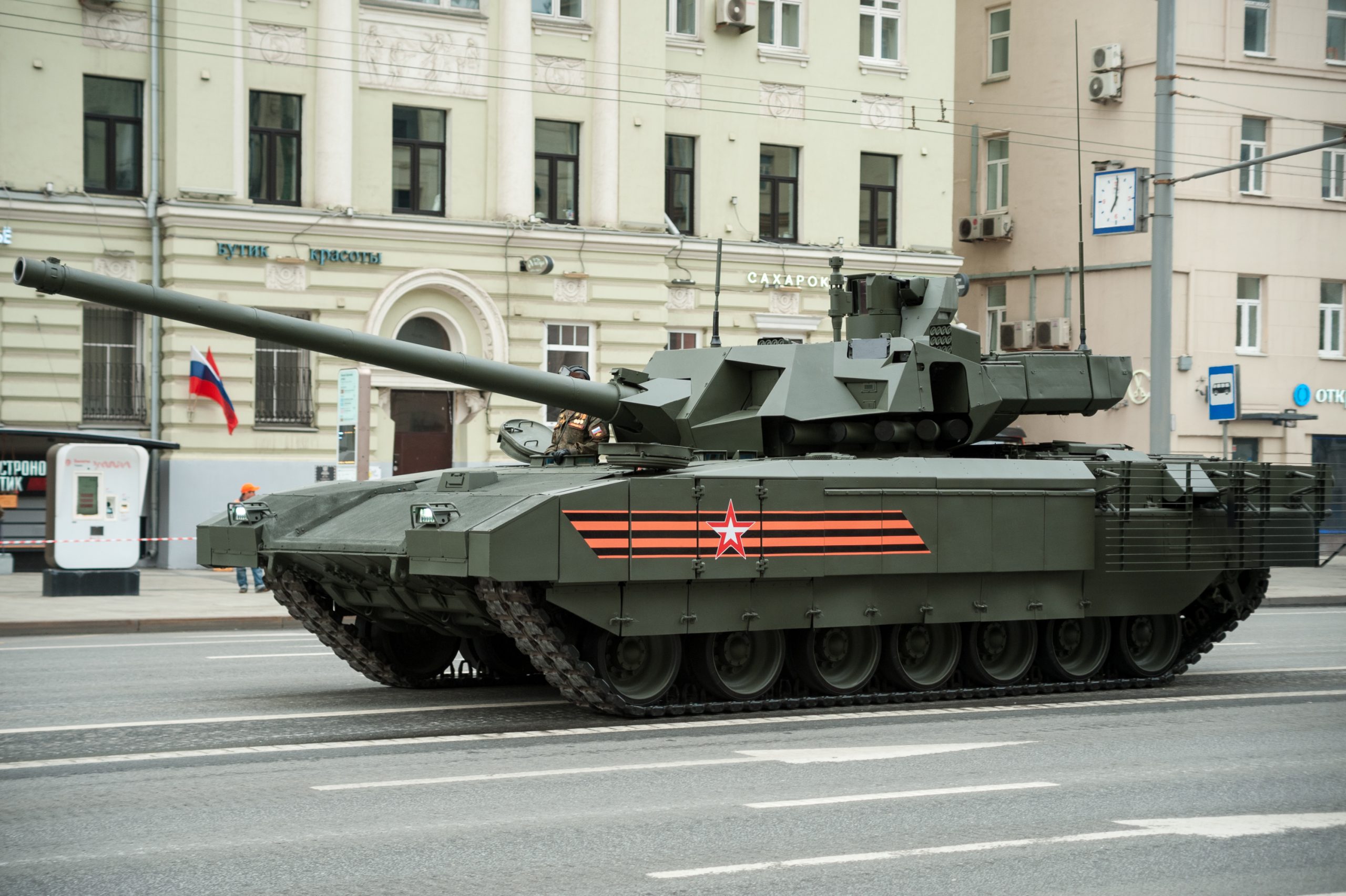
The decision made by Rostec, the largest state-owned arms concern in Russia, carries significant implications and represents a radical shift. Rostec, which essentially encompasses the entirety of Russia’s military industry, has publicly announced that Uralvagonzavod (UVZ) will exclusively focus on tank production, effectively suspending all other activities within its portfolio.
As of today, Uralvagonzavod will channel its resources solely towards the manufacturing of tanks. It is noteworthy that the facility located in Nizhny Tagil, known for its substantial production capabilities, has been responsible for the creation of numerous types of combat vehicles as well as civilian products like trains, railcars, metro coaches, and metro cars. However, the production of these non-military items will cease entirely at Uralvagonzavod, allowing the enterprise to dedicate its entire production capacity to tank manufacturing.
To streamline operations, several enterprises involved in the development and production of artillery weapons under the Uralvagonzavod concern will be transferred to the control of Tehmash, a key ammunition manufacturer. This consolidation of assets has resulted in the following changes in production responsibilities for Uralvagonzavod:
Tehmash will assume production responsibilities for artillery systems previously manufactured at plant number 9, including D-30A howitzers and tanks T-72 and T-90 guns.
Uraltransmash will take over the production of Msta-S self-propelled howitzers. Additionally, this plant will manufacture low-floor trams, oil pumps, and winches for passenger and freight elevators, which were previously produced at Uralvagonzavod.
Burevestnik Central Research Institute will specialize in the development and production of mortars and artillery systems, such as the 2B11 and 2C12 Sani transportable mortars, as well as naval artillery installations. Notably, an unmanned combat module featuring a 57-mm gun AU220M “Baikal” is among their new projects.
The Central Research Institute of Materials (CRIIM) will focus on the development of special materials and technologies, including high-strength steels, some of which were previously researched and developed at Uralvagonzavod.
The recent consolidation of Uralvagonzavod (UVZ) assets aligns perfectly with the information previously reported by BulgarianMilitary.com. It suggests that Russia is preparing to revive the Soviet concept of a multi-thousand tank fleet. This decision carries several significant implications. Despite the ongoing war with Ukraine, Russia is striving to meet the growing demand for tanks within its own military forces. This contradictory situation is made feasible due to the consolidation of assets.
Deputy Chairman of the Security Council of Russia, Dmitry Medvedev, hinted at the asset consolidation earlier. At the beginning of this year, he announced Russia’s intention to commence the production of 1,600 T-90M Proriv tanks. At that time, BulgarianMilitary.com highlighted the necessity for Uralvagonzavod to focus exclusively on tank production to facilitate this undertaking, which has now been realized.
Rostec assures that the transfer of plants between their structures will not impact the teams or civil projects, emphasizing that the aim is to establish a unified system. This consolidation of assets allows for an increase in production volumes to meet the growing demands of the Russian army, while Uralvagonzavod concentrates solely on its core product—tanks.
As of 2021, Uralvagonzavod has maintained a monthly tank production capacity estimated at around 30-35 units, with minor fluctuations based on the requirements of the Russian military and other clients.
UVZ’s tank production encompasses a diverse range of models, including the T-72, T-80, T-90, and T-14 Armata. Each tank serves specific purposes, possessing distinct specifications and capabilities. The T-72, introduced in the 1970s, is a main battle tank renowned for its reliability and ease of maintenance. The T-80, developed in the 1980s, represents a more advanced variant with enhanced armor and a more powerful engine compared to the T-72.
The T-90 is a further evolution of the T-72 and T-80 tanks, boasting improved armor, a more powerful engine, and advanced fire control systems, among other features. Lastly, the T-14 Armata, introduced in 2015, is a cutting-edge next-generation tank incorporating advanced technologies such as an unmanned turret and a novel type of armor.





